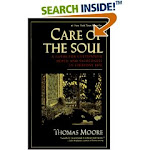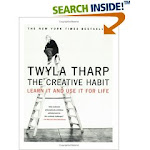Her heart longs for those red shoes made by her own hands, however, and she is attracted to anything that reminds her of them, so when an up-to-no-good shoemaker shows her his red shoes, she fools the old lady into buying them. Even though they are red they are not her shoes. Now she is dancing to the shoemaker's tune and this is a mad dance that leads her to the executioner's door and only stops when he chops off her feet - a dramatic ending but right symbolically for dancing to another's tune is exhausting and can lead to the death of the spirit.
This week has been a stressful week - builders in the house, trying to get ready to go away and a partner down with a nasty flu. When trying to deal with all this the main thing on my mind was - I have to write a whole load of blogs to post for while I'm away. Why? Because They - yes the mysterious They - had said you must blog at least two or three times a week!
Ah - the beauty of stories. All week long the Red Shoes has been popping into my mind - finally I got the connection - I was trying to dance to someone else's tune - instead of handcrafting my blog the way it suited me - I need to dance my blog not let my blog dance me.
So, thank you, all you lovely readers for enjoying the posts. They will resume shortly. In the meantime I have negotiated the technology so now you can email subscribe and have new posts sent straight to your email box.
p.s. so as not to leave the story on a grim note - according to Clarissa Pinkola Estes, this is a fragment of a much longer story and in the lost passages, after an incubation period, her feet would have grown back and she would have found some shoes that were just right for her.















